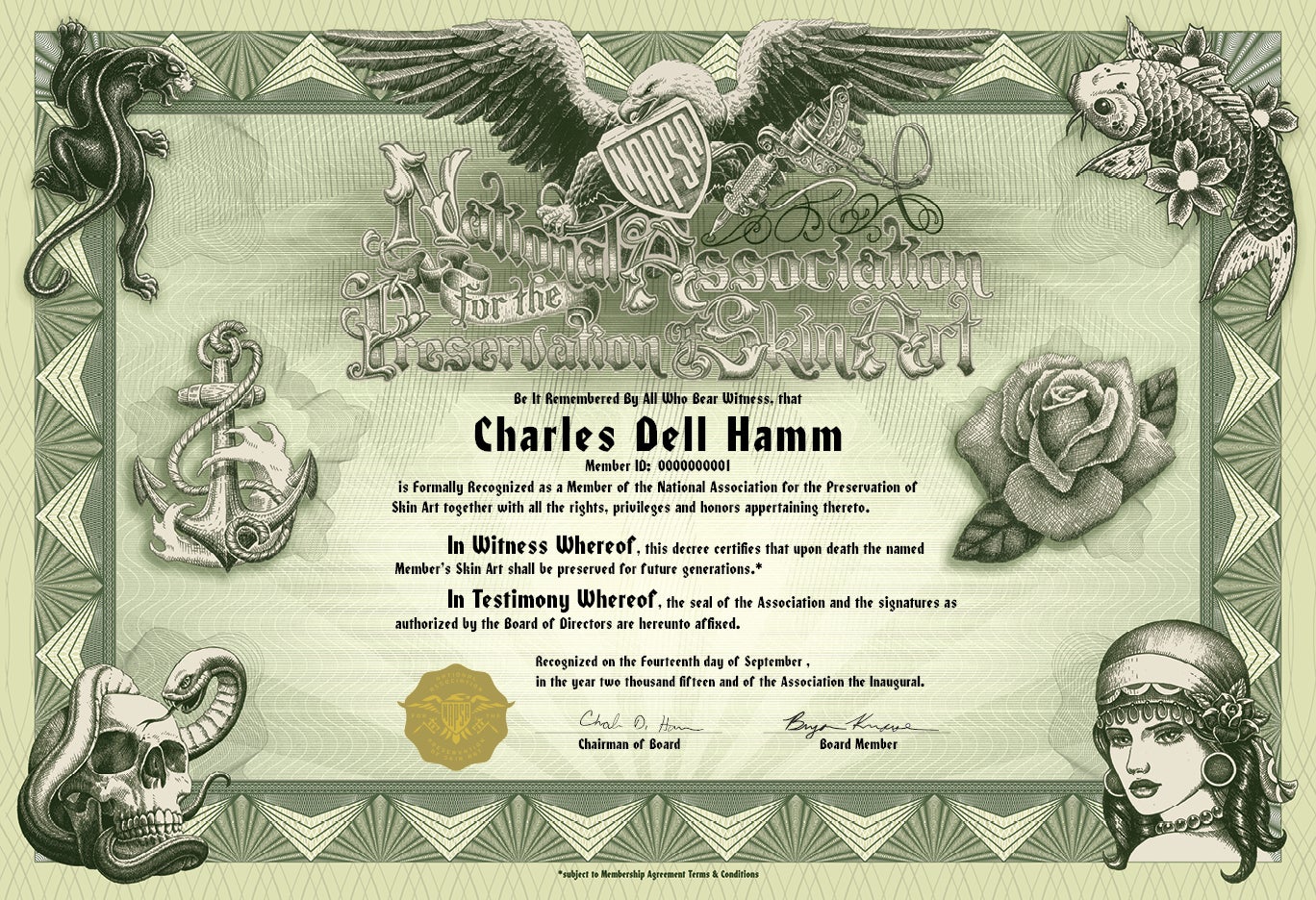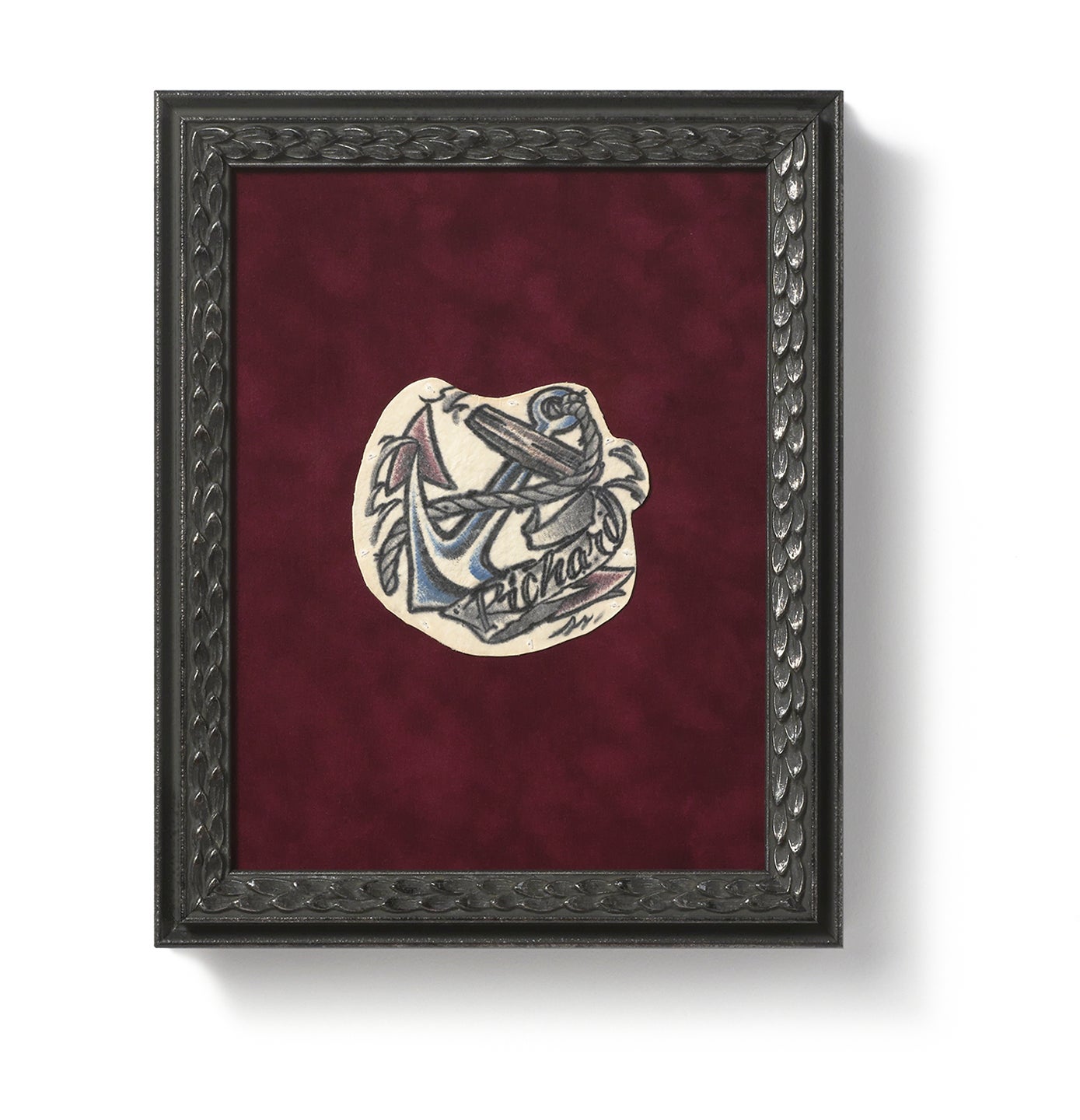It’s now possible to have your tattoos framed and preserved when you die
Part of the nature of tattoos is that they are living art—the kind that you can’t bequeath after your death. That may be about to change, thanks to new processes that claim to preserve inked skin indefinitely.


Part of the nature of tattoos is that they are living art—the kind that you can’t bequeath after your death. That may be about to change, thanks to new processes that claim to preserve inked skin indefinitely.
Charles Hamm, founder and chairman of the National Association for the Preservation of Skin Art, began thinking about the real permanence of tattoos a few years ago. A former partner at the auditing company KPMG and a lifelong tattoo enthusiast, Hamm has spent countless hours and an estimated $45,000 on his body art.
The tattoos have great personal significance to him, and he considers them “beautiful pieces of art.” Yet eventually, he realized, “I’m going to get cremated, and it’s like it never happened.”
So, Hamm and his team developed a proprietary process that fixes inked skin against decomposition. After death, the skin can be removed and the finished pieces can be framed or placed in a display.
For a $115 initiation fee and $60 per year, NAPSA members can arrange to have one chest-sized tattoo preserved after their death. (Additional tattoos are $100 each.)
The first tattoos Hamm tested were his own. He had small tattoos done on loose skin around his waist he was planning to have removed, and persuaded the doctor to hand over the excised skin.
“It was crazy,” Hamm told Quartz. “They were like, in a little pill bottle.”
The process worked. Since then, the organization has preserved 21 tattoos—14 from deceased donors, the rest excess skin removed during surgery. One of NAPSA’s first projects belonged to a 34-year-old man who died in his sleep. He’d had his son’s name inked below a heart, and his widow had it preserved in a frame for the boy.

A finished work is intended to last “as long as any other piece of art, as long as it’s taken care of accordingly,” Hamm said. That means no exposure to heat or direct sunlight.
About one in five U.S. adults has one or more tattoo, and the figure rises to nearly 40% among people aged 18 to 29. These artworks are substantial investments in time and money, and increasingly, some are eager to have their pieces live on after them.
In 2013, a Dutch tattoo artist named Peter van der Helm founded the Foundation for the Art and Science of Tattooing, which preserves tattoos through a similar process that replaces the water and fat in the skin with a polymer that plasticizes it.
At least 60 people have signed up to have their tattoos preserved postmortem, van der Helm told NPR last year.
Hamm’s family was initially skeptical when he told them his plans to leave them his tattoos. They’ve since come around, and have claimed which of his designs they’d like to own.
“When my gorilla [a design on his chest] is ultimately preserved for my wife, that’s one piece of me she’ll always be able to see,” Hamm said. “It’ll never go away.”
